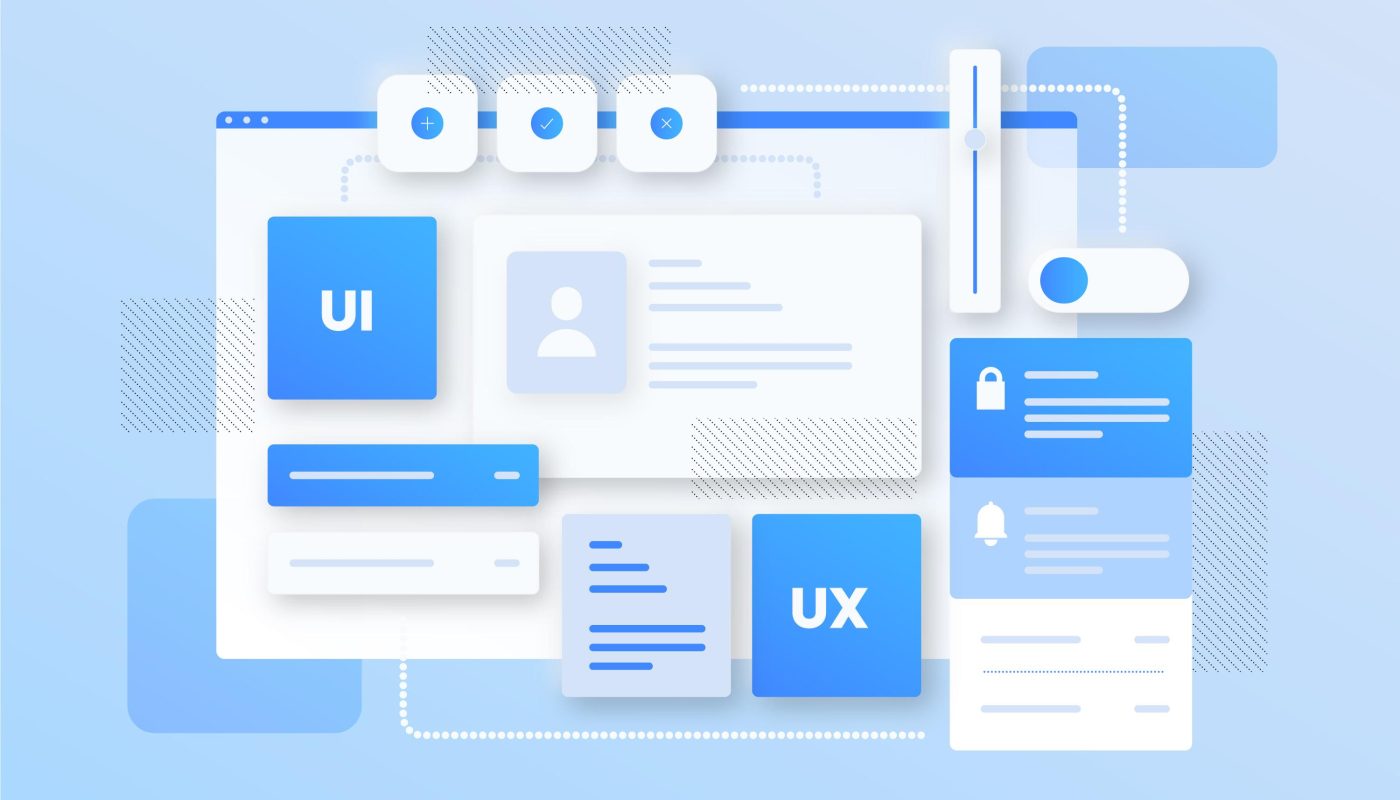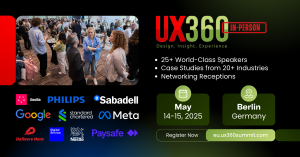Ahead of UX360 EU Berlin, we sat down with Bolt Insight to explore how UX research is evolving in the age of AI—and why remote AI-moderated UX testing is reshaping the future of user insights.
How Remote AI-Moderated UX Testing Helps Product Teams Stay Ahead
In the not-so-distant past, UX research meant a quiet lab, a mirrored window and a clipboard. Observing how users clicked, scrolled or hesitated in a tightly controlled environment was considered the gold standard.
But user behaviour has evolved…and so has the technology we use to study it.
For product teams under pressure to build better experiences faster, remote UX testing offers a competitive edge. It allows for faster iterations, real-time insight and fewer surprises at launch. Those who embrace it are moving faster!
Remote UX testing is reshaping the role of qualitative research altogether. When users are in their own homes and on their own devices, we get a richer, more nuanced view of their real-world experiences.
And with AI making it easier to capture and analyse feedback at scale, the boundaries between UX research and qualitative research are starting to blur in all the right ways.
From Observation to Real-Life Behaviour
Lab-based testing has long provided a controlled way to observe how people engage with digital products.
But this control comes at a cost.
In unfamiliar environments, with researchers watching, users often behave more cautiously, more politely and more deliberately than they would in real life.
Remote UX testing shifts the setting to users’ own homes, offices or even on the move.
Here, they interact with products in a more natural way. They switch between devices, deal with distractions, use shortcuts or multi-task, all of which influence their experience.
This everyday context reveals behavioural cues that a lab simply can’t capture. For product managers and designers, this means clearer signals and fewer blind spots when refining journeys and features.
Accessibility and Inclusivity
Perhaps one of the most overlooked benefits of remote UX testing is its potential to widen participation. In-lab studies often draw from a narrow demographic, typically urban, mobile and tech-comfortable.
By making research remote, we remove many of the barriers to entry. Participants from rural areas, older users and those with accessibility needs are now easier to involve.
Scaling Qual Without Losing the Human Touch
Traditional UX testing has always been rich in insight, but difficult to scale. Conducting one-on-one sessions is time-consuming, resource-heavy and often limited to small sample sizes.
Remote UX testing, especially when combined with AI-moderation, challenges this limitation. Researchers can now run larger studies without sacrificing depth.
Instead of relying on a fixed script, AI-moderators can follow up based on user responses, probing deeper into moments of confusion, delight or hesitation.
The result is qualitative insights at scale. Fast, cost-effective and still deeply human.
Reduced Bias, Greater Consistency
Another benefit of removing the researcher from the room? Less bias.
Without a moderator present, participants are more likely to act naturally. They move at their own pace, without feeling watched or rushed. This reduces performance anxiety and leads to more authentic interactions.
At the same time, consistency improves. Every participant receives the same tasks, phrased the same way, in the same format, reducing variability and making comparisons more reliable.
With AI able to handle personalised follow-ups, researchers don’t have to choose between consistency and contextual depth.
Rethinking the Role of UX Research
Beyond the tactical improvements, remote UX testing signals a broader shift in how UX research fits within the insights ecosystem.
Modern UX studies don’t just ask “can users find the button?”, they explore how digital experiences make users feel, what builds trust and which design elements spark joy or frustration.
Remote UX testing gives you a window into emotional drivers, unmet needs and the small frictions that impact retention, helping you build products people actually want.
When embedded within broader qualitative research, UX becomes a key contributor to strategic decisions across product, brand and marketing.
Looking Ahead
Remote UX testing offers more realistic insights, greater inclusivity, faster turnaround and better alignment with how people actually live, browse and buy.
For qualitative researchers, it’s an opportunity to move closer to the everyday experiences of users, capturing emotion, context and behaviour in ways that traditional methods can’t always reach.
And as technology continues to improve, the line between UX testing and qual research will only grow thinner. By embracing this change, we don’t just improve research workflows…we get better at understanding people.
It’s your last chance to register for the UX360 Research Summit 2025 and meet UX research leaders in person!
The ultimate gathering of UX research and design leaders is here—two days packed with the latest industry insights, cutting-edge methodologies, and next-level inspiration.
This year, the summit features 30+ industry leaders from global powerhouses such as Google, Roche, IKEA, Meta, Nestle, and many more.
Network with world-class UX professionals from around the globe. Whether you’re a researcher or designer, this event is a must-attend for anyone looking to stay ahead in the field.










 by
by 


